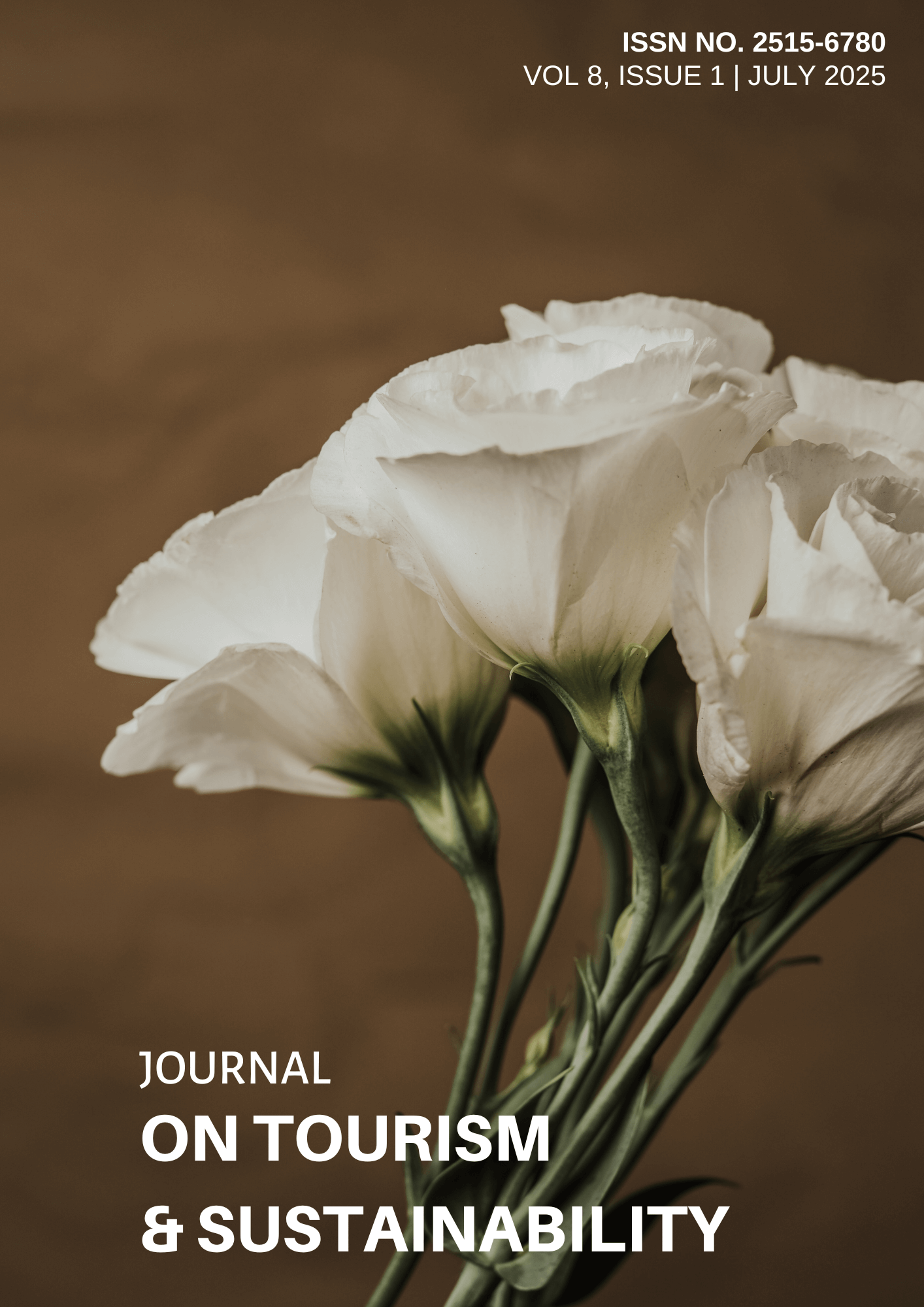Using Neuroscience To Decode Tourist Behaviour And Intentions For Sustainable Choices
DOI:
https://doi.org/10.5281/zenodo.16320953Keywords:
Consumer Neuroscience, Emotion Measurement, Predictive Processing, Sustainable Tourism, Tourist Behavior, Unconscious Decision-makingAbstract
Tourism is an inherently emotional experience. Yet, for decades, research has relied predominantly on rational-choice models and self-report surveys, assuming that tourists make deliberate and conscious decisions. Recent advances in neuroscience and consumer behavior studies challenge this assumption, revealing that up to 95% of our decisions are driven by unconscious processes and emotional responses. This paper introduces a neuroscientific framework for decoding tourist behavior. It is based on dual-system theory (System 1 and 2), predictive brain models, and physiological measurement techniques such as EEG, eye-tracking, GSR, facial coding, and implicit association testing. Through real-world case studies in food tourism, hospitality, and cultural heritage, we show how these tools uncover unspoken emotional responses that shape memory, satisfaction, and behavior. A dedicated section addresses sustainable tourism, illustrating how neuroscience-informed nudges can help align tourist behavior with ecological values without compromising enjoyment. Finally, we explore implications for tourism operators, marketers, and policymakers, emphasizing how emotion-driven design and communication can foster more engaging and sustainable tourism experiences.References
Gunn, C. A. (1988). Vacationscape: Designing tourist regions (2nd ed.). Van Nostrand Reinhold.
Hosany, S., & Gilbert, D. (2010). Measuring tourists’ emotional experiences toward hedonic holiday destinations. Journal of Travel Research, 49(4), 513–526.
Hsu, C.-L., & Chen, M.-C. (2020). Neuromarketing, subliminal advertising, and hotel selection: An EEG study. Australasian Marketing Journal, 28(4), 200–208. https://doi.org/10.1016/j.ausmj.2020.01.002
Juvan, E., & Dolnicar, S. (2014). The attitude–behaviour gap in sustainable tourism. Annals of Tourism Research, 48, 76–95.
Kahneman, D. (2011). Thinking, fast and slow. Farrar, Straus and Giroux.
Liu, Y., Wang, C., & Zhang, H. (2021). Affective engagement in heritage tourism: An EEG-based visitor experience study at the Tianyi Pavilion Museum. Journal of Heritage Tourism, 16(5), 491–508. https://doi.org/10.1080/1743873X.2021.1881767
Neuralisys. (2024). Emotion-attention mismatch in video-based destination marketing: A neuromarketing case using Emotivae Sense [Internal study report].
Shanghai Disney Resort & iMotions. (2018). Enhancing guest experience through facial expression recognition: A neuromarketing pilot [Internal report].
Singapore Tourism Board & Nielsen Neuro. (2019). Emotion-led itinerary development using EEG analysis [Conference presentation]. Asia-Pacific Travel Innovation Forum.
Stylos, N., Vassiliadis, C. A., Bellou, V., & Andronikidis, A. (2016). Destination images, holistic images and personal normative beliefs: Predictors of intention to revisit a destination. Tourism Management, 53, 40–60.
Downloads
Published
Issue
Section
License
Copyright (c) 2025 Marco Baldocchi, Carolin Lusby

This work is licensed under a Creative Commons Attribution 4.0 International License.
- Authors retain copyright and grant the journal right of first publication with the work simultaneously licensed under a Creative Commons Attribution License that allows others to share the work with an acknowledgement of the work's authorship and initial publication in this journal.
- Authors are able to enter into separate, additional contractual arrangements for the non-exclusive distribution of the journal's published version of the work (e.g., post it to an institutional repository or publish it in a book), with an acknowledgement of its initial publication in this journal.
- Authors are permitted and encouraged to post their work online (e.g., in institutional repositories or on their website) prior to and during the submission process, as it can lead to productive exchanges, as well as earlier and greater citation of published work.




